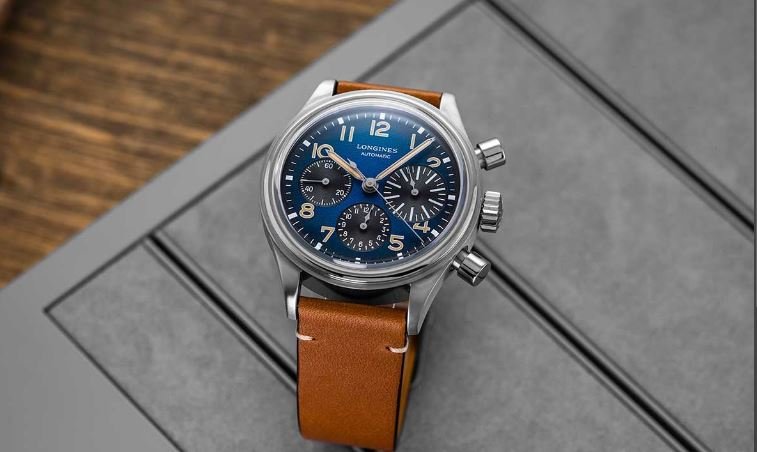Exploring the use of exotic materials in luxury watchmaking reveals a fascinating aspect of horological craftsmanship. Watchmakers constantly push the boundaries of innovation and aesthetics by incorporating unconventional materials into their designs. These materials not only enhance the watch’s durability but also add a unique and luxurious touch. Here are some notable exotic materials used in luxury watchmaking.

Ceramic: Sleek and Scratch-Resistant
Ceramic has become a popular choice in luxury watchmaking due to its sleek appearance and exceptional scratch resistance. This material is lightweight yet incredibly durable, making it ideal for watch cases and bezels. Brands like Rado and Hublot have pioneered the use of ceramic in their timepieces, offering watches that are not only visually striking but also highly resilient. Additionally, ceramic’s hypoallergenic properties make it a comfortable choice for those with sensitive skin.
Carbon Fiber: Lightweight and Strong
Carbon fiber is another exotic material that has gained popularity in luxury watchmaking. Known for its lightweight and robust nature, carbon fiber is often used in high-performance sports watches. Brands like Audemars Piguet and Richard Mille utilize carbon fiber to create timepieces that are both strong and visually distinctive. The intricate weaving patterns of carbon fiber add a modern and technical aesthetic to these watches, making them a favorite among enthusiasts who appreciate cutting-edge materials.
Titanium: Durable and Hypoallergenic
Titanium is renowned for its durability and lightweight properties, making it a preferred material in luxury watchmaking. This metal is not only stronger than steel but also significantly lighter, providing exceptional comfort on the wrist. Brands like Panerai and Omega use titanium to craft watches that are both robust and elegant. Furthermore, titanium’s hypoallergenic nature ensures that it is suitable for individuals with metal sensitivities, adding to its appeal as a watchmaking material.
Sapphire Crystal: Clarity and Hardness
Sapphire crystal is a hallmark of luxury watchmaking, prized for its superior clarity and hardness. Used primarily for watch faces, sapphire crystal is virtually scratch-proof, ensuring that the watch maintains its pristine appearance over time. High-end brands like Rolex and Patek Philippe incorporate sapphire crystal in their watches, offering unmatched durability and transparency. The brilliance of sapphire crystal enhances the overall aesthetic of the watch, providing a clear view of the intricate details within.
Meteorite: Unique and Otherworldly
Meteorite dials have become a sought-after feature in luxury watches, offering a unique and otherworldly appeal. Each meteorite dial is distinct, with its own patterns formed over millions of years in space. Brands like Rolex and Jaeger-LeCoultre have introduced watches with meteorite dials, captivating collectors with their extraterrestrial origin. The natural beauty of meteorite adds a touch of cosmic elegance to these timepieces, making them true conversation pieces.
Gold Alloys: Luxurious and Versatile
Gold has always been synonymous with luxury, and watchmakers have developed various gold alloys to enhance its properties. Rose gold, white gold, and Everose gold are some examples of these alloys, each offering a unique hue and increased durability. Brands like Cartier and Breguet utilize these gold alloys to create watches that exude opulence and sophistication. The versatility of gold alloys allows for a range of finishes, from polished to brushed, catering to diverse aesthetic preferences.
Conclusion
The exploration of exotic materials in luxury watchmaking showcases the industry’s commitment to innovation and artistry. Ceramic, carbon fiber, titanium, sapphire crystal, meteorite, and gold alloys are just a few of the materials that elevate the craft of watchmaking. These materials not only enhance the durability and functionality of the watches but also contribute to their unique and luxurious appeal. By incorporating these exotic materials, watchmakers continue to push the boundaries of design and create timepieces that are truly extraordinary.











